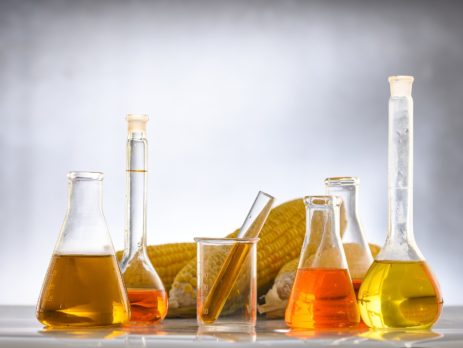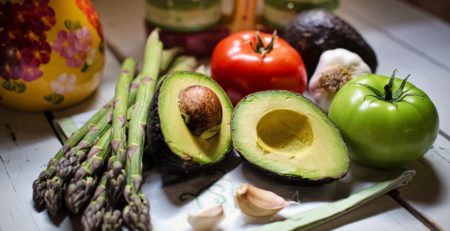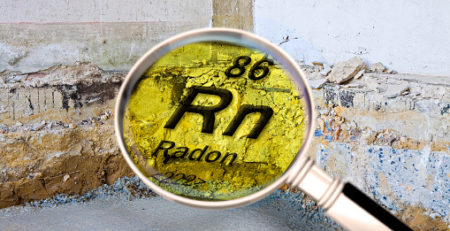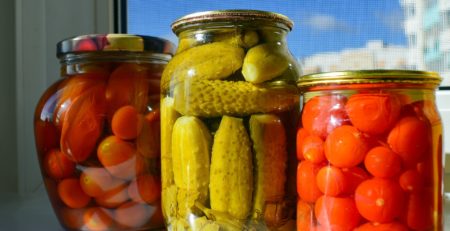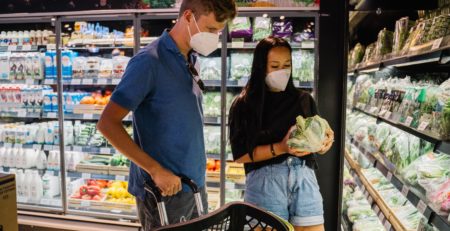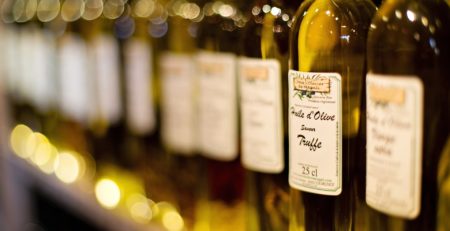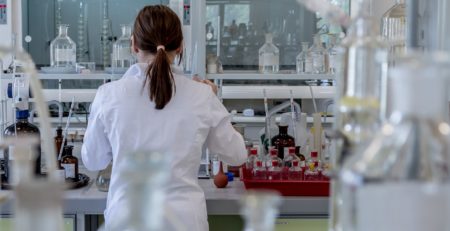Chemical contaminants in food: the new European regulation repealing EC Reg. 2006/1881
On 25 May 2023, the new Chemical Contaminants Regulation will enter into force, definitively repealing Regulation (EC) No 2006/1881.
The general objective of the Regulation has remained unchanged and is to set maximum levels for the various contaminants potentially present in the individual product categories, so that foodstuffs listed in Annex I may not be placed on the market, or used as raw materials or ingredients in foodstuffs, if they contain a contaminant in a quantity exceeding the maximum level set therein. In addition, it is also reiterated that for products not directly intended for the final consumer, once they have undergone sorting or other physical treatment, the foodstuffs must comply with the identified maximum levels and the treatment used must not have produced any other harmful residues.
The contaminants identified can be classified into six categories:
Mycotoxins, such as aflatoxins, ochratoxin A, patulin, deoxynvalenol, zearalenone, fumonisins, citrinin, sclerotia and alkaloids of Claviceps spp;
Plant toxins, such as erucic acid (including lipid-linked erucic acid), tropane alkaloids, hydrogen cyanide (including hydrogen cyanide combined with cyanogenetic glycosides), pyrrolizidine alkaloids, opium alkaloids, delta-9-tetrahydrocannabinol equivalents
Metals and other elements, such as lead, cadmium, mercury, arsenic, tin (inorganic);
Halogenated persistent organic pollutants, such as dioxins and PCBs and perfluoroalkyl substances;
Process contaminants, such as Polycyclic Aromatic Hydrocarbons (PAHs), 3-monochloro-1,2-propanediol (3-MCPD), Sum of 3-monochloropropanediol (3-MCPD) and 3-MCPD fatty acid esters expressed as 3-MCPD, glycidyl fatty acid esters expressed as glycidol;
Other contaminants, namely nitrates, melamine and perchlorate.
Compared to the repealed legislation, in addition to the reduction of several maximum permissible levels, several substantial changes have been introduced.
The prohibition of detoxification by chemical treatments has been extended to all identified contaminants and is therefore no longer envisaged exclusively for mycotoxins, as in the current regulation (Art. 4).
With regard to contaminants for which stricter limits have been set on specific product categories, such as mercury, opium alkaloids and ochratoxin A, transitional measures have been foreseen based on the date of placing on the market.
Limits have been introduced for delta-9-tetrahydrocannabinol equivalents (Δ9-THC) for hemp products, and the scope of some maximum levels has been extended to other product categories, such as hydrogen cyanide, which was only foreseen for apricot kernels and is now also defined for linseed, almonds and manioc products, and arsenic, which has also been regulated for salt and fruit juices and nectars.
Furthermore, the threshold above which a product is considered to be ‘derived from’ or ‘based on’ a food has been defined as 80%.
However, further updates are expected soon, concerning the reduction of maximum limits for other contaminants.
You can consult the new standard by clicking here.

